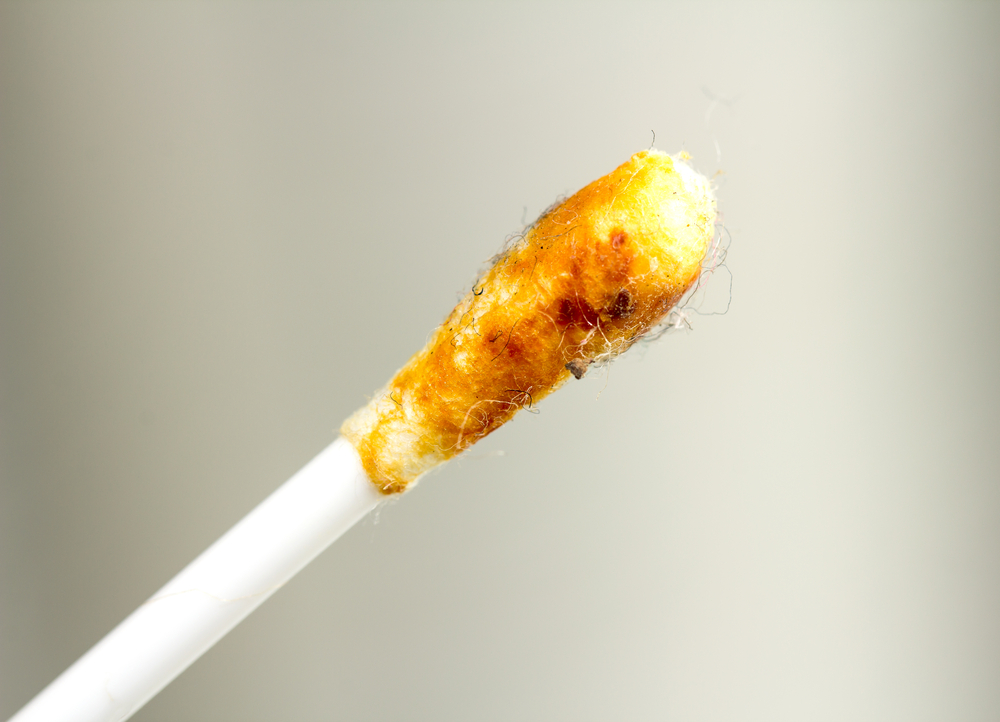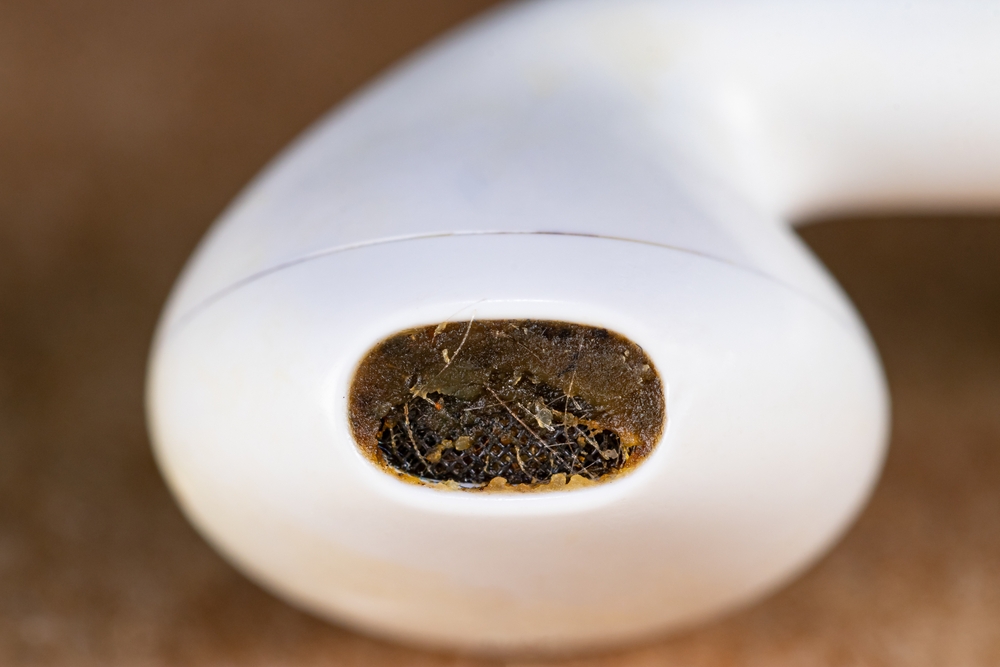Earwax is a powerful and essential substance that protects our fragile inner ears. However, producing too much of it can impact us negatively, often resulting in hearing loss. While there are many reasons for hearing loss, excess earwax can be a major cause, but one that is fortunately very treatable and can lead to improved hearing.
Problems with hearing will affect all of us at some point in our lives. Whether you have listened to Ed Sheeran too loudly for too long, or maybe you have experienced one too many crashes at ear level while working on the construction site and your hearing has started to dull, many factors can lead to hearing loss.
Yet, one easy solution to hearing problems can be to remove excess earwax – for some patients.
First, earwax is essential and integral to the functioning of healthy ears – and hearing.
It protects the fragile inner ear canal and eardrum from infection and any debris that may try to sneak into the inner ear. It collects dead skin cells in its oily substance (made by glands inside the ear) and rolls them, along with any bacteria, debris, and even bugs that might have worked their way into the ear to the outer ear.
The wax is caressed throughout the ear by the movement of the jaw, which seesaws as you eat or talk.
Most people don’t need to clean their ears – and do not use cotton buds when cleaning your ears unless you’re using them strictly on the outer ears, as this can both damage the eardrum and encourage your ears or make more earwax, which can potentially result in impacted earwax. Instead, the wax naturally moves to the outer ear to flake off without help, but whatever is left lodged inside the ear can be washed off in the shower with warm water.
When earwax is improperly removed or builds up to the extent that blockages occur, it can affect our hearing detrimentally. This blog will look at the leading cause of earwax-related hearing loss and how you can best and most safely deal with it.

Impacted Earwax
If the wax is not removed correctly naturally or by applying warm water, it can become compacted, hard, and dry. This is known as impacted ear wax and can lead to earache, ringing, and impaired hearing.
Many people experience the symptoms of impacted earwax, with 5% of adults suffering. However, some people are more predisposed to the overdevelopment of earwax, depending, for example, on age, which can slow the pace at which ear wax moves from the inner to the outer parts of your ears. Using cotton buds, earphones, and hearing aids can also exacerbate the speed at which your ears become impacted.
Symptoms of impacted earwax include a feeling of fullness in the ear, vertigo or dizziness, and sometimes a tinnitus-like ringing in the ear.
How to Treat Impacted Earwax
The treatment you will need for your earwax depends on your earwax build-up. We, therefore, advise you to seek professional medical advice before trying anything yourself at home; however, if you decide to move forward after seeking the relevant advice, here are a few things you can do to treat excessive earwax at home:
- Soak a cotton ball in plain water (you can also use hydrogen peroxide or a simple saline solution)
- Place the cotton ball in your ear, with your head tilting so your ear is facing the ceiling.
- Stay in this position for a few minutes, allowing gravity to pull the liquid through your ear.
- Reverse the position your head is tilted at, letting the fluid run out of your ear.
If the impacted earwax persists, you can try using softening drops. These are prescribed, so liaison with your physician is necessary here, but this is an effective way of softening hardened wax for easy removal. However, this won’t be an option if you have a history of recurring ear infections or holes in your eardrums or have recently undergone ear surgery.
However, if you decide to get your impacted ear wax treated by a professional, Hearing Associates of Las Vegas offers a hearing assessment designed to get to the root of your hearing difficulties. They do this in a one-to-one conversation, then through a physical ear examination, a simple hearing test, a speaking test, and final advice on the next, best course of action.
In the case of impacted earwax, they may advise that earwax removal is the best course of action, or they may talk about hearing aids if you require additional assistance.
If you are concerned about the points raised in this blog, if you would like to see an improvement in hearing, or if you want to learn more about your own hearing and ear health, head to Hearing Associates of Las Vegas or your local hearing professional today.




Leave a Reply